When should I backwash my pool filter? Without a doubt, this question has to be one of our top five most frequently asked questions. Knowing when to clean your sand or diatomaceous earth (DE) filter is vital in keeping your pool water and equipment healthy. Identifying when to backwash your filter is simple, but there are different methods to go about it. In today’s blog we will discuss three common ways of determining when to backwash your pool filter:
- PSI
- Water Flow
- Water Clarity
What Is Backwashing?
Unlike when you are sharing a drink with a friend, backwashing is A-OK to do and it is even encouraged. In pool terms, backwashing is the act of reversing the flow of water through your filter media, thereby dislodging trapped debris and flushing it out through your multiport valve waste line. For anyone needing a detailed walkthrough on how to backwash a sand or DE filter, look no further than our how-to guides on backwashing a sand filter, or DE filter. For the visual learners out there, you can watch our how-to backwash video guides embedded below.
But enough about what backwashing is, let us get to the meat of the issue. When should you backwash your pool filter?
P.S.I.
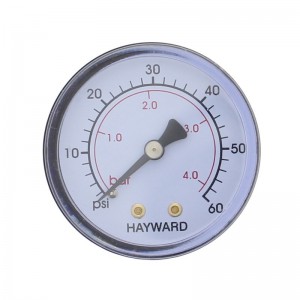
An increase of a quater or a third of your filter’s “clean” operating pressure is a sign of a dirty filter. Pounds per square inch (psi) is a standard unit for measuring pressure and the most common factor used in determining when to backwash a pool filter. A filter’s pressure gauge is the tool used to measure a filter’s psi. The face of the gauge is clearly marked off in increments of ones or tens and normally has a maximum value of 50-60 psi. The “clean” psi rating for individual pools will differ due to variables such as filter size, pump strength and feet of head. The “normal” pressure is the baseline psi reading after a heavy filter cleaning cycle or after the installation of new filter media (new sand or recharged DE grids). For example, if your normal baseline psi reading is 12 psi then when your gauge reads 15-16 psi (20 – 25 percent psi above your filter’s normal operating pressure) it is time to backwash your pool filter.
There are two types of pressure gauges generally used on filters: dry case and liquid (oil) filled. The dry case gauges are by far the more common and often the type that is packaged with a brand new filter. The liquid filled gauges are my personal favorite as they prove to be more durable than dry case gauges. The liquid (glycerine or silicone) dampens the vibrations which are the archenemy of the fragile innards of the pressure gauge.
Go with the Flow
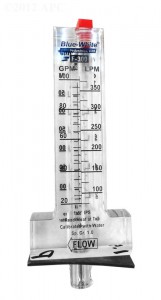
A flowmeter is a quick and simple tool for checking filter health by measuring the gallons per minute (GPM) rate through your plumbing line. A GPM drop of a third of the normal flow rate is a sign that your sand or DE filter requires a backwash. For example, if your normal flow is measured at a rate of 30 GPM, a reading of 20 GPM means your filter is screaming, “Clean me!”
There are two common flowmeter styles used on residential pools. The one is the float and tube and the other is a digital format that uses a paddle-wheel mechanism to measure the flow. The float and tube is my personal preference because of the minimal moving parts. Fewer moving parts mean fewer things can go wrong. Digital flowmeters are super accurate, but for the simple practice of determining when to backwash a pool filter they may be overkill.
Flowmeters are tools that you can use to determine the health of your pool quickly and easily. Unfortunately, they are often overlooked or left out of pool designs. The reason for this escapes me, but I make sure to tell anyone who is building a pool to add a flowmeter. If your existing pool does not have a flowmeter, do not fret, because they are easily added to plumbing lines. For those who are curious, feel free to read our how-to guide on installing a pool water flowmeter.
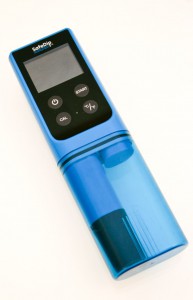
Pool Water TDS Levels, AKA Clarity
Measuring a pool’s total dissolved solids (TDS) level is to measure its water clarity or lack thereof due to suspended particles. Essentially it is measuring how dirty your water is down to the parts per million (PPM). A freshwater pool should not exceed 2,000 PPM, because anything higher risks sanitation chemicals, like chlorine, losing their effectiveness. The most common method of measuring TDS is by checking the water for a “cloudy” appearance or testing water samples. Most local pool stores offer free water testing services, but for DIY guys and gals a home kit is just as effective. The SafeDip 6-in-1 Electronic Tester measures TDS levels as well as free chlorine, pH, ORP, saline levels and temperature. It is a one-stop shop for avid water testers.
As usual, thank you for reading and if you have any further questions feel free to leave a comment below or call our toll-free helpline at 877-372-6038.










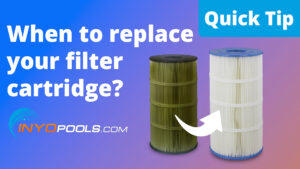
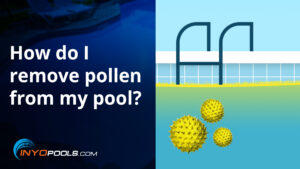

Leave a Reply